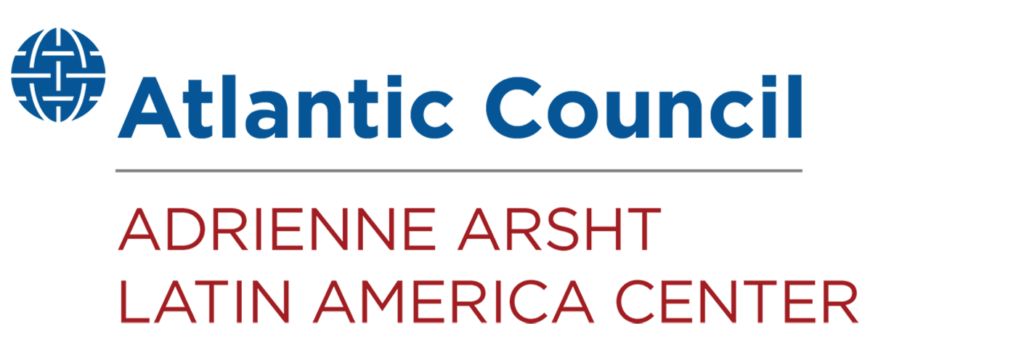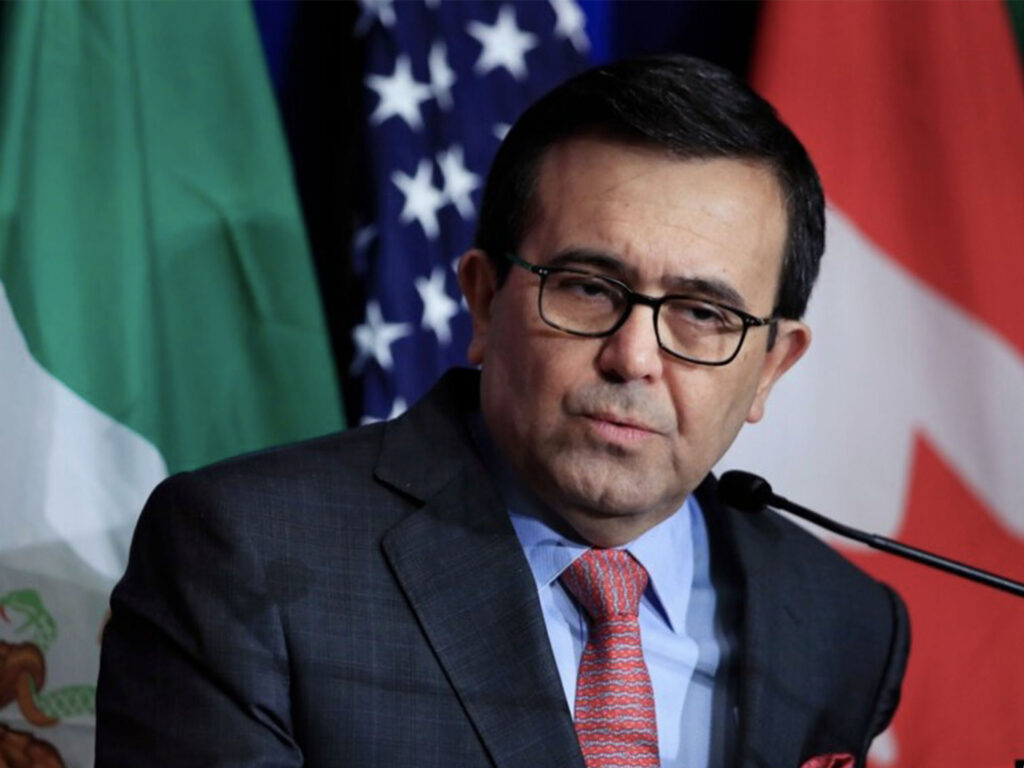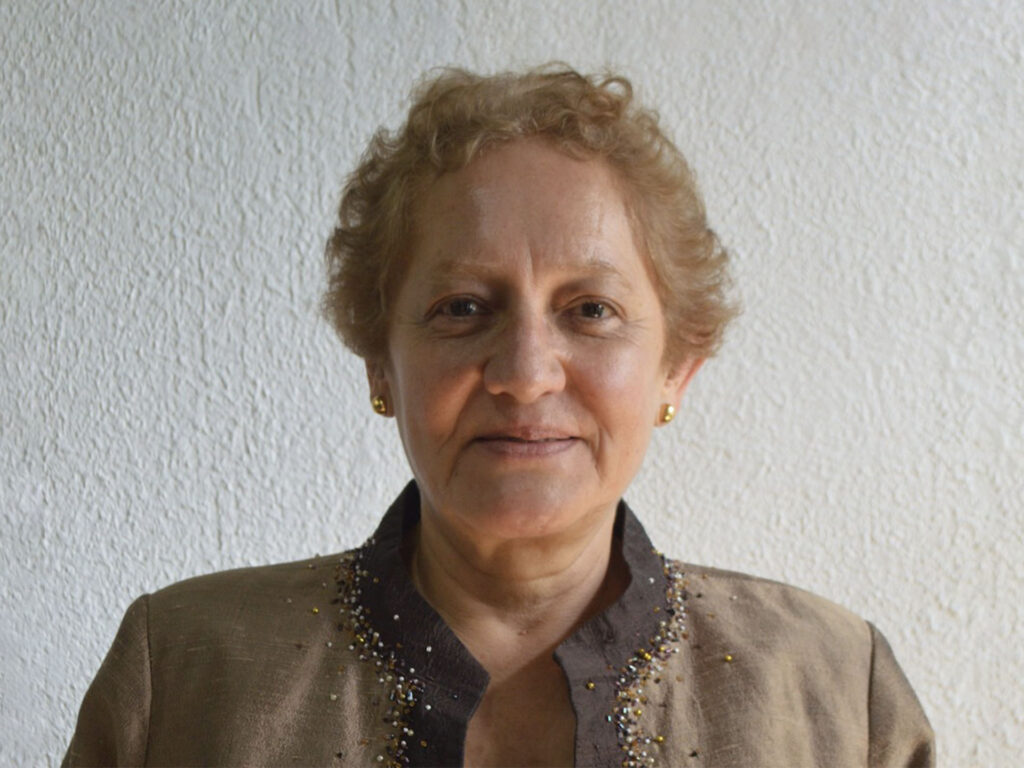With the 2024 Mexican election looming, here are two major recommendations for the next president
Table of contents
Foreword
Countries representing half the world’s population are voting in 2024. On June 2, just over five months before Election Day in the United States, Mexican voters will set a historic milestone with the election of the country’s first female president. Over the course of her six-year term, Mexico’s new president will face enormous challenges—internally and in the country’s relationship with the United States. But, like never before, there is also a unique opportunity to strengthen the commercial and economic ties that bind the two countries and reimagine how our shared border could better serve our shared interests.
Although the United States and Mexico have long been economically intertwined, in 2023, Mexico became the United States’ most important trading partner. Now more than ever, with great geopolitical headwinds, the commercial ties that bind our two countries will be increasingly critical to advancing US economic interests globally. Here, greater border efficiency will yield economic gains alongside improvements in our shared security.
The Atlantic Council’s Adrienne Arsht Latin America Center, in partnership with internal and external colleagues and partners, sought to envision the future of two key aspects of the US-Mexico relationship: commercial flows and investment. With extensive feedback and numerous consultations with border stakeholders, including business owners, truck drivers, port operators, civilians, and local and federal elected officials, we sought out fresh perspectives and actionable recommendations. Our goal with this report is to spark dialogue among policymakers, business leaders, and civil society in both countries on the urgent need to address the immediate challenges of border efficiency and investment attraction over the next Mexican president’s term while paving the way for a more prosperous and secure future in our countries.
The Rio Grande and its surrounding towns are more than a physical barrier separating the United States and Mexico. Rather, they are a vibrant artery of commerce, migration, and cultural exchange. Livelihoods depend on our border, but inefficiencies prevent us from maximizing the possible economic opportunities and achieving the necessary security gains. The pages that follow build on previous center findings and emphasize the need for a nuanced approach to foreign investment, infrastructure development, and security measures that prioritize efficiency and our national interests.
This publication also seeks to bring the human dimension to the forefront. Public policy, after all, should reflect how to improve everyday lives. We consolidate the stories of real people affected by the US-Mexico border daily. The combined stories we have gathered over the last two years remind us of the impact of policy decisions. That reminder is particularly poignant with the 2024 elections on both sides of the border. Indeed, we stand on the cusp of a new chapter in our shared history.
This report is a call to action for visionary leadership and bold, pragmatic solutions to the complex issues facing the United States and Mexico. We urge policymakers to embrace policies and strategies that address immediate challenges while laying the groundwork for both an even more inclusive and prosperous future. Let’s seize this unique moment in time.
Jason Marczak
Vice President and Senior Director
Atlantic Council’s Adrienne Arsht Latin America Center
Explainer video
Related events

The Adrienne Arsht Latin America Center broadens understanding of regional transformations and delivers constructive, results-oriented solutions to inform how the public and private sectors can advance hemispheric prosperity.
Image: A local producer arranges a sack with freshly harvested avocados at a market in Tenancingo de Degollado, Mexico | Picture taken April 24, 2022. REUTERS/Luis Cortes

